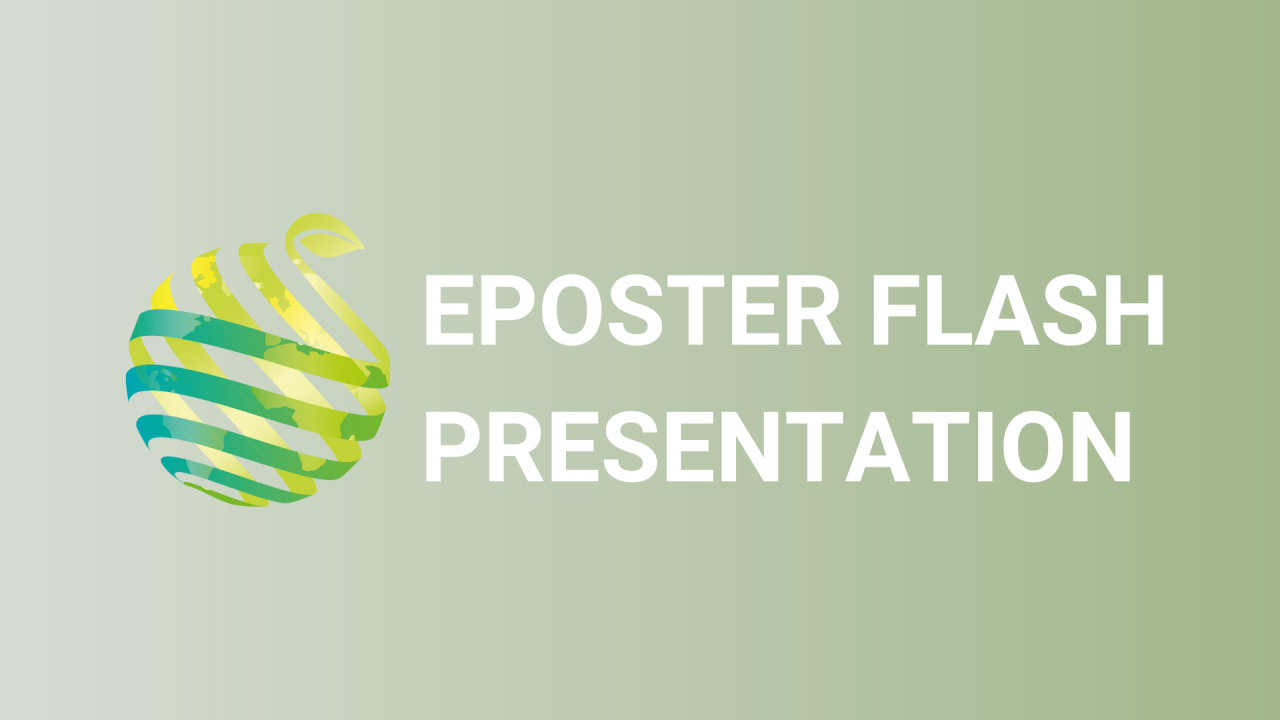

S08 - Session P8 - Suitability of diverse sub-optimal levels of dissolved oxygen for the cultivation of Pelargonium tomentosum Jacq. in deep water culture hydroponics
Information
Authors: Muhali Jimoh *, Joshua Butcher, Johannes Coetzee, Charles Petrus Laubscher
Pelargonium tomentosum Jacq. is a herbaceous peppermint-scented groundcover native to the Western Cape of South Africa. This study measured the adaptability and vegetative growth of P. tomentosum to various sub-optimal levels of dissolved oxygen from vortex oxygenators, air pumps and hydrogen peroxide (H 2 O 2 ) in deep water culture hydroponics over 74 days. Four different methods of oxygenation namely, passive aeration (control), vortex oxygenation, air-pump injection, and a combination of vortex oxygenation and air-pump injection were applied to 9 replicates. For the H 2 O 2 experiment, treatments comprised of H 2 O 2 application only (control); H 2 O 2 and air-pump injection; H 2 O 2 and vortex oxygenation; H 2 O 2 with a combination of vortex oxygenation and air-pump aeration. In the oxygenation study, air-pump injection yielded the tallest plant and greatest number of total leaf count while the root growth was inhibited by sub-optimal levels of dissolved oxygen, though, shoot growth was not adversely affected. In the H 2 O 2 treated samples, the control (H 2 O 2 only) yielded the highest fresh and dry shoot weights (71.1 g and 10.29 g respectively) while the treatment that comprises H 2 O 2 ,vortex oxygenation and air-pump aeration produced the highest mean root weight. These findings suggest that although root growth of P. tomentosum was inhibited by sub-optimal levels of dissolved oxygen, shoot growth was not adversely affected. It was found that the application of H 2 O 2 was the most efficient method of oxygenation since the solution produced plants with the greatest shoot biomass.